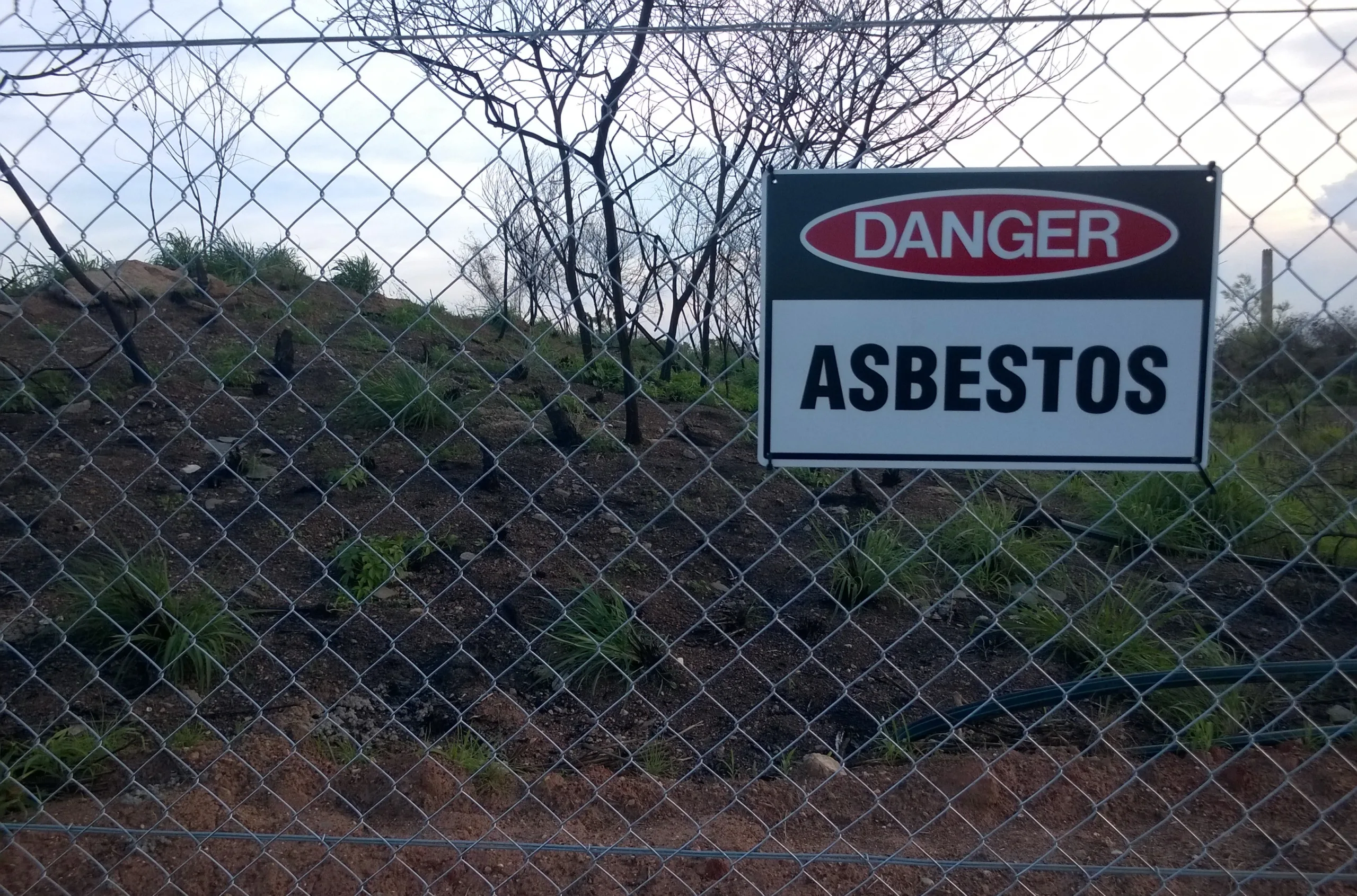Do you know how to protect yourself from asbestos?
Asbestos is responsible for more than 5000 workplace deaths a year. Although it was completely banned in 1999, many buildings in Great Britain that were built or refurbished before 2000 may contain asbestos. But you don’t need to panic. People who work in or visit buildings containing asbestos won’t be at risk of this silent killer if it is properly managed.
HSE has launched a new campaign to highlight the risk of asbestos in buildings and raise awareness of the legal duty to manage those risks.
Let’s look at the history of asbestos, the hazards that it presents, how you can protect yourself and others, and how OHEAP Fire & Security can help you stay safe from this potentially deadly substance.
Where does asbestos come from?
Asbestos is a naturally occurring mineral found in rocks and soil. In its natural state, it occurs as bundles of fibres that are then separated into threads for commercial and industrial uses.
Asbestos is extremely fire and heat resistant. It’s also resistant to chemicals and does not conduct electricity. That made it an extremely popular choice for use in industrial and commercial industries.
Asbestos was used in everything from insulation materials for buildings, floor tiles, car brakes, and certain clothing worn by firefighters. Ironically, asbestos was even used in gas mask filters during World War II.
Unfortunately, the risks of asbestos pretty heavily outweigh the benefits.

The hazards of asbestos
When disturbed or damaged, materials containing asbestos can release fibres into the air. When those fibres are inhaled, they can cause a whole range of serious health issues.
The fibres themselves can cause scarring of the lung tissue which can, in some circumstances, be fatal. Asbestos exposure can also lead to lung cancer and mesothelioma (cancer in the lining of the lungs). According to the HSE, 20% of lung disease deaths in 2021 were the result of asbestos related lung cancer, with asbestos related mesothelioma caused another 20% of deaths.
Asbestos can also increase the risk of asbestosis, a rare, serious condition where inhaling asbestos can cause the lungs to become inflamed.
Asbestos symptoms can often take years, or even decades, to present themselves. So, many people who had been breathing in the harmful fibres didn’t know about it for a long time.
When did we learn asbestos was harmful?
The earliest reports of cancer resulting from asbestos actually came from German doctors in the 1930s. However, the discovery that asbestos was harmful came even earlier than that!
In 1898. Lucy Deane Streatfeild, one of the first ever female factory inspectors, was the one to make this discovery. In her report, she said:
“The evil effects of asbestos dust have attracted my attention. A microscopic examination of this mineral dust which was made by H.M. Medical Inspector clearly revealed the sharp, glass-like, jagged nature of the particle, and where they are allowed to rise and remain suspended in the air of a room, in any quantity, the effects have been found to be injurious, as might have been expected.”
That means that people knew that asbestos was dangerous for more than 100 years before it was finally banned in the UK!
When was asbestos banned in the UK?
Asbestos was fully banned in the UK in November 1999.
Certain types of asbestos, including brown and blue asbestos, were banned in 1985. But by 1999, it was illegal to buy, sell, import, or export any materials that contained asbestos. Other parts of Europe also banned asbestos around this time.
Unfortunately, other countries took a lot longer. There are plenty of countries all over the world where it is still legal to mine and sell asbestos. In fact, the US still hasn’t fully banned asbestos to this day!
What do we use instead of asbestos?
While it’s incredibly positive that asbestos is no longer legal in the UK, it does raise the question of what we use instead. Luckily, there are plenty of alternatives to asbestos. From flour fillers and cellulose fibres for insulation, to cotton and wool for flame retardant clothing.
For more information on flame retardant clothing, check out this post on our insights page.

How to protect yourself from asbestos
Even though asbestos is illegal in the UK, many buildings still contain it. This means that it’s incredibly important to protect yourself from asbestos and its hazards.
Check your environment
Any workplace can potentially carry risks, so being aware of your environment is absolutely essential before starting any work.
If you’re carrying out any work in a building built before the year 2000, there’s a good chance that there will be asbestos present. These buildings could contain asbestos floor tiles and asbestos insulation. Performing an asbestos survey can let you know what’s there. That way, you can ensure that you know whether or not asbestos is present in any workplace, keeping yourself and your workers safe.
Get the right training
To make sure that you and your employees are safe from the hazards of asbestos, you need to provide the right training. Training courses about how to work with asbestos can keep you and your workers safe even in environments where asbestos is present.
Wear PPE
By far the best way to protect yourself from the harmful effects of asbestos is to make sure that you avoid inhaling the fibres by wearing personal protective equipment (PPE).
A half mask that features integrated filters ensures that you don’t inhale any of the harmful asbestos fibres in the air.
Likewise, a coverall that is robust enough to provide a strong chemical barrier can keep those harmful fibres off your skin, hair, and clothes after a hard day’s work.
At OHEAP Fire & Security we’re dedicated to supporting duty holders by providing the correct PPE and workwear so that workers and building users are protected from the risks of exposure to asbestos. Visit our website here and find out more about our specialist workwear.
Conclusion
Despite its ban in 1999, many buildings built or refurbished before the year 2000 may still contain asbestos. That means that workers and dutyholders need to make sure that they’re taking as much care as possible to protect themselves and others from the, potentially fatal, impact of asbestos dust. But now, with this guide, you can better understand what asbestos is, where you may find it, why it is harmful, and how you can keep yourself safe.
As the HSE points out in their new campaign, we all have a duty to keep ourselves and others safe from asbestos. So, remember to protect yourself from asbestos!